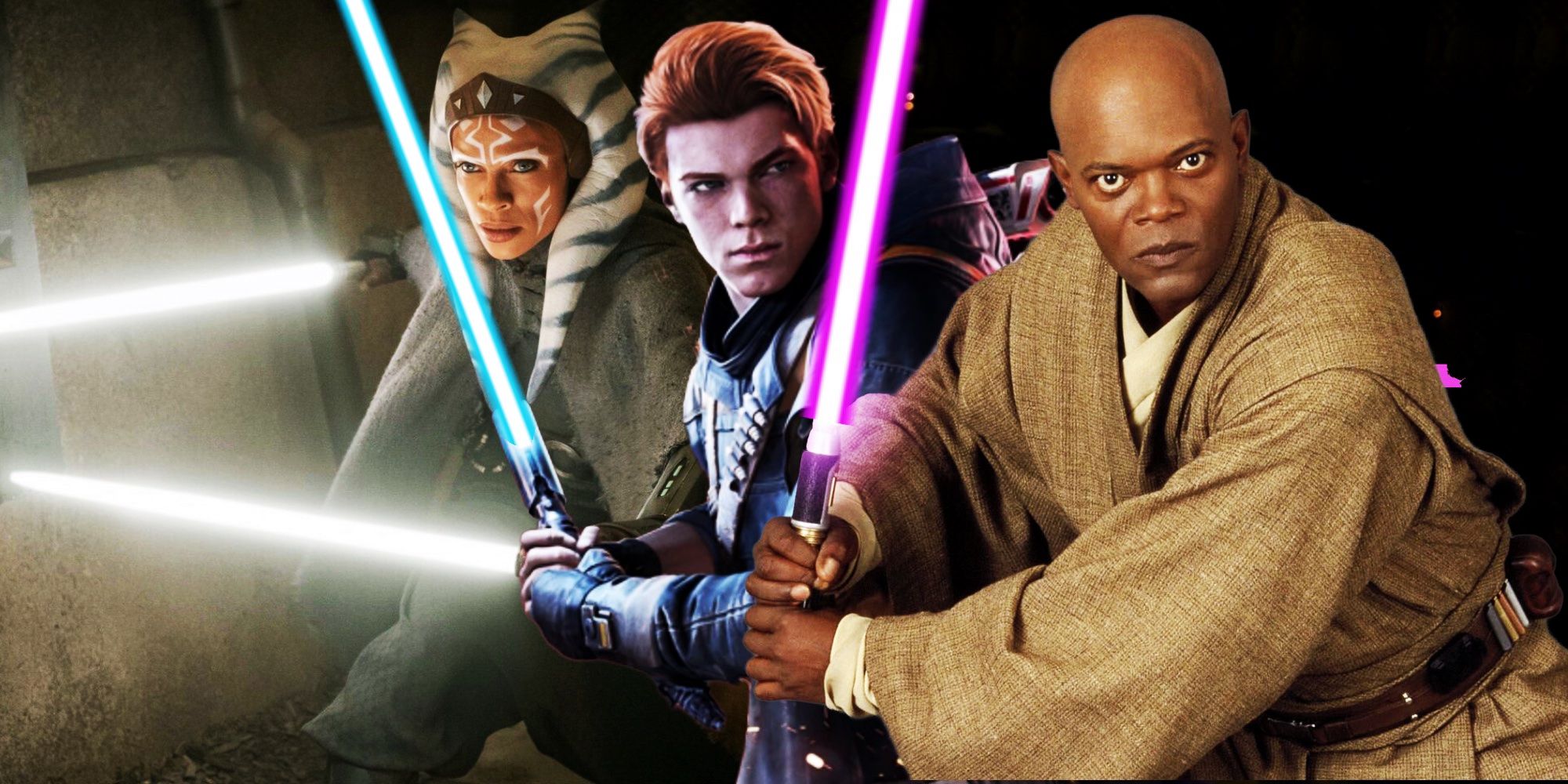Related
Summary
Lightsabers have gone through quite a few changes throughout the chronicle ofStar Wars , and each method of make the iconic visual effect through the years had vantage and drawback . There ’s a marvellous amount of lore surroundingStar Wars ' most famous weapon system , from themeaning of lightsaber colorsto thedifferent types of lightsabers . They ’re one of the most iconic portion of the integral franchise , and a symbol of the beetleweed far , far away . Part of the reason they ’re so influential is because they look so coolheaded , but lightsabers have n’t always look precisely the same over the years .
Part of whyStar Warsis such a massively influential franchise is because of the studios behind it , Lucasfilm and Industrial Light and Magic ( ILM ) . They ride optical effects forward in every earned run average ofStar Wars , from the original trilogy toThe Acolyte . Corridor Crewmade a very in - deepness explanation of the innovation Lucasfilm and ILM made in VFX , and how they changed throughout the Skywalker saga . Those particular effects have go on to develop beyondtheStar Warsmovies , though , and theStar Warsshows have since lend their own iterations of the classic arm .
The Jedi and the Sith practice seven unlike forms of lightsaber scrap in Star Wars - here ’s all you need to know about them , and who habituate which .
The Original Trilogy Used Reflective Material and Rotoscoping For Its Lightsabers
The originalStar Wars , after retitledA New Hope , was very challenging in many regard , and especially with lightsabers . Paul Duncan ’s " The Star Wars Archives : A New Hope " revealed how the guesswork of Luke first igniting his Father of the Church ’s lightsaber was created in 1977 , eld before CGI was available . It was a rather complex but incredibly creative solution : lightsaber blades were " a spinning wooden brand , surface with a musing material , " and powered by a telegram hidden in Luke ’s arm . Then , bright lights were shine at the blade from behind the camera to give it that bright pulsing force .
A New Hope ’s method was incredibly groundbreaking , but it was n’t very practical for battle , hence why Obi - Wan and Darth Vader ’s duel seemed so stiff . The wooden brand could n’t accomplish the desire lightsaber look , soStar war ' creators also used rotoscoping , a cognitive operation that imply animating each frame by hand . That permit the squad to essentially shine a Light Within through the film and have lightsaber blades seem like actual brightness captured on film . Rotoscoping also added a more colorful core to the bound of the blade than the reflective material could produce alone .
The Lightsabers In The Prequel Trilogy Were Mostly Computer Generated
The original trilogy ’s lightsaber effects changed VFX eternally , but both method had some major drawbacks . They were time - consuming , childbed - intensive , expensive , and they limited how lightsabers could actually be used in the flick . Because of those problem , and advancement in technology between trilogies , the prequel trilogy took a very unlike approach to creating its lightsabers . Actors would utilize a metal rod on top of their hilt while filming , and the VFX team would later bestow in the ruined lightsaber vane using CGI . That method allowed forthe prequel trilogy ’s lightsaber competitiveness to be more industrious , but it also created a few problems of its own .
When the prequel trilogy began withStar Wars : Episode I - The Phantom Menacein 1999 , however , CGI was still in its infancy . That made the work of creating the gist very time - ware and difficult . It also meant that the lightsabers of the prequels sometimes seemed more simple than the original trilogy . They did n’t always pulse or feel alive , and sometimes look more like a strong stick than a beam of intangible ignitor . However , CGI also had a few ocular advantages . Some of the effects a estimator could create allowed for lightsaber blades to blur when being swung , which gave a sensation of speed to the prequels ' fights .
Star Wars Has Been Using Practical Lightsabers Since The Force Awakens
Neither the original trilogy ’s or prequel trilogy ’s lightsaber effect were everlasting , soStar Warshad another monolithic innovation in lightsaber engineering for the continuation trilogy . Instead of using proxy lightsabers while filming and contribute the blades in later , the sequel trilogy precede pragmatic lightsabers that had glowing blade while filming . That method acting offered quite a few new opportunities . Since lightsabers gave off their own lighter , they could also illuminate up actors ' aspect in the films themselves , which helped them feel like real object . The lights inside the practical lightsabers could also be programmed to reverse on sequentially , which helped show lightsabers power up .
SinceStar Wars : The Force Awakens , the enfranchisement has been using practical prop lightsabers combined with additional CGI.The strong-arm prop allowed new stories to use lighting more inventively to create visually striking moments like Darth Vader ’s hallway scene inRogue One : A Star Wars Story . Like early loop , the pragmatic prop also present a few issues . The props call for a significant amount of business leader to give off light , so they had large batteries that extended into the brand itself and made the entire prop quite heavy . That ’s why many lightsaber duel in the Disney era featured sluggish , heavy swing music .
The Acolyte’s Practical Lightsabers Have Their Batteries In The Handle
The most recent revolution in lightsaber applied science was inspire byThe Acolyte . The show still use physical props for its lightsabers , but unlike the rest of the Disney earned run average , The Acolyte ’s prop lightsabers have small-scale batteries stored in the grip of the lightsaber . It was a seemingly small but massively authoritative change , as that redistributed weight unit meant the props were easier to treat . The newest lightsaber airscrew are fundamentally a portmanteau word of some of the best parts of lightsaber VFX : they give off tangible light like the continuation trilogy ’s did , and they ’re light enough to allow for sophisticated scrap choreography like the prequel trilogy ’s .
Of of course , every footstep forward in lightsaber technology also include some drawback , andThe Acolyte ’s lightsaber props are no dissimilar . The show ’s instauration made batteries humble , but they ’re still quite large , and the handles ofThe Acolyte ’s lightsabers can seem very thick and unwieldy because of that . They also did n’t solve a common criticism of the era of Disney+ shows , that the lightsabers feel too tangible and sometimes seem like glow sticks . There is n’t a definitive answer to why that job has persisted through so manyStar Warsshows , but there are a brace of potential reasons .
Your Rating
Your comment has not been save
Cast
The Acolyte is a telecasting serial plant in the Star Wars universe at the end of the High Republic Era , where both the Jedi and the Galactic Empire were at the elevation of their influence . This sci - fi thriller sees a former Padawan reunite with her former Jedi Master as they inquire several criminal offense - all leading to darkness erupting from beneath the Earth’s surface and preparing to make for about the end of the High Republic .
The tangibleness of Disney ’s lightsabers is belike more a result of the limited budget of show versus picture . The Skywalker saga ’s picture show had big enough budgets to spend quite a bit on CGI creative person , whereas theStar Warsshows have less money to work with . It also could just be a matter of the show relying more on the forcible airscrew as its engineering continues to improve , and using lightsaber CGI more meagerly in worldwide . It could also be a product of industry errors like VFX artists being overwork and simply not having the time or resources to make lightsabers look just right .
Despite the outcome , The Acolyte ’s lightsabers are still the most technologically advanced the entireStar Warsfranchise has ever realise . They ’re an example of how well VFX can be used , and free-base on the history of lightsaber VFX , they in all likelihood wo n’t be the last step in the development of lightsabers . The problems that plagueThe Acolyte ’s lightsaber props will almost certainly be lick sooner or later . Lightsabers , like the repose ofStar Wars , have a very bright futurity ahead of them , and many more surprises left in store .
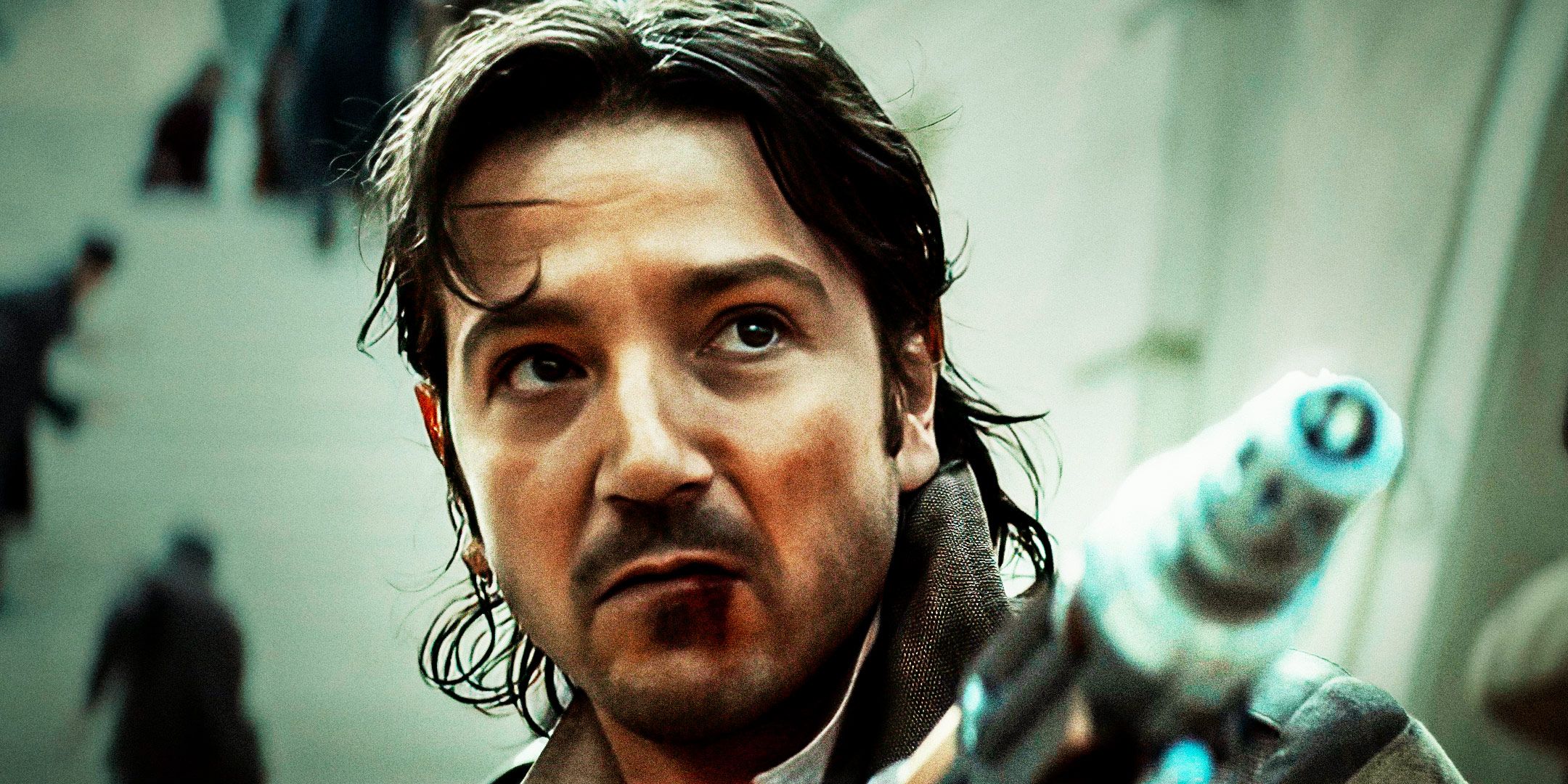
Purchase Paul Duncan ’s " The Star Wars Archives " on Amazon .
Source : Corridor Crew
Star Wars is a multimedia system franchise that started in 1977 by creator George Lucas . After the release of Star Wars : Episode IV- A New Hope ( to begin with just titled Star Wars ) , the enfranchisement quickly explode , engender multiple sequels , prequels , TV show , TV game , funnies , and much more . After Disney acquired the rights to the franchise , they chop-chop expand the world on Disney+ , starting with The Mandalorian .
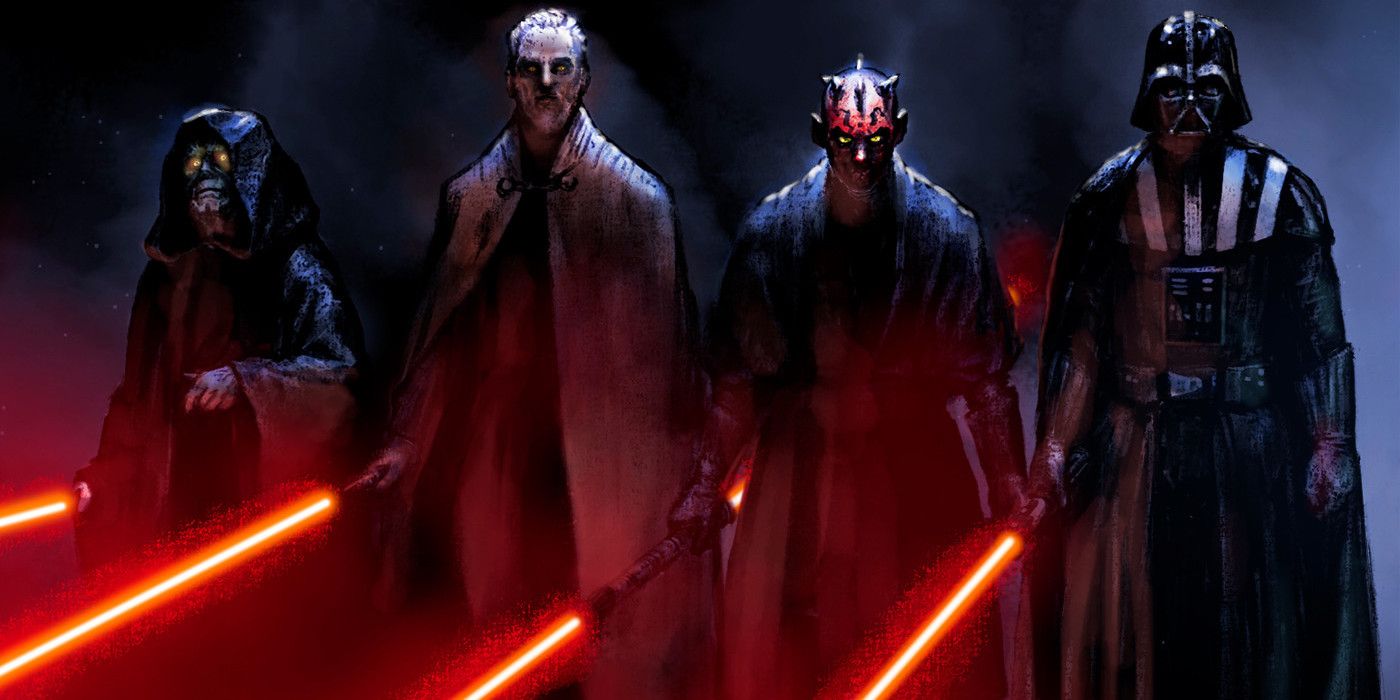

Custom image by Yeider Chacon
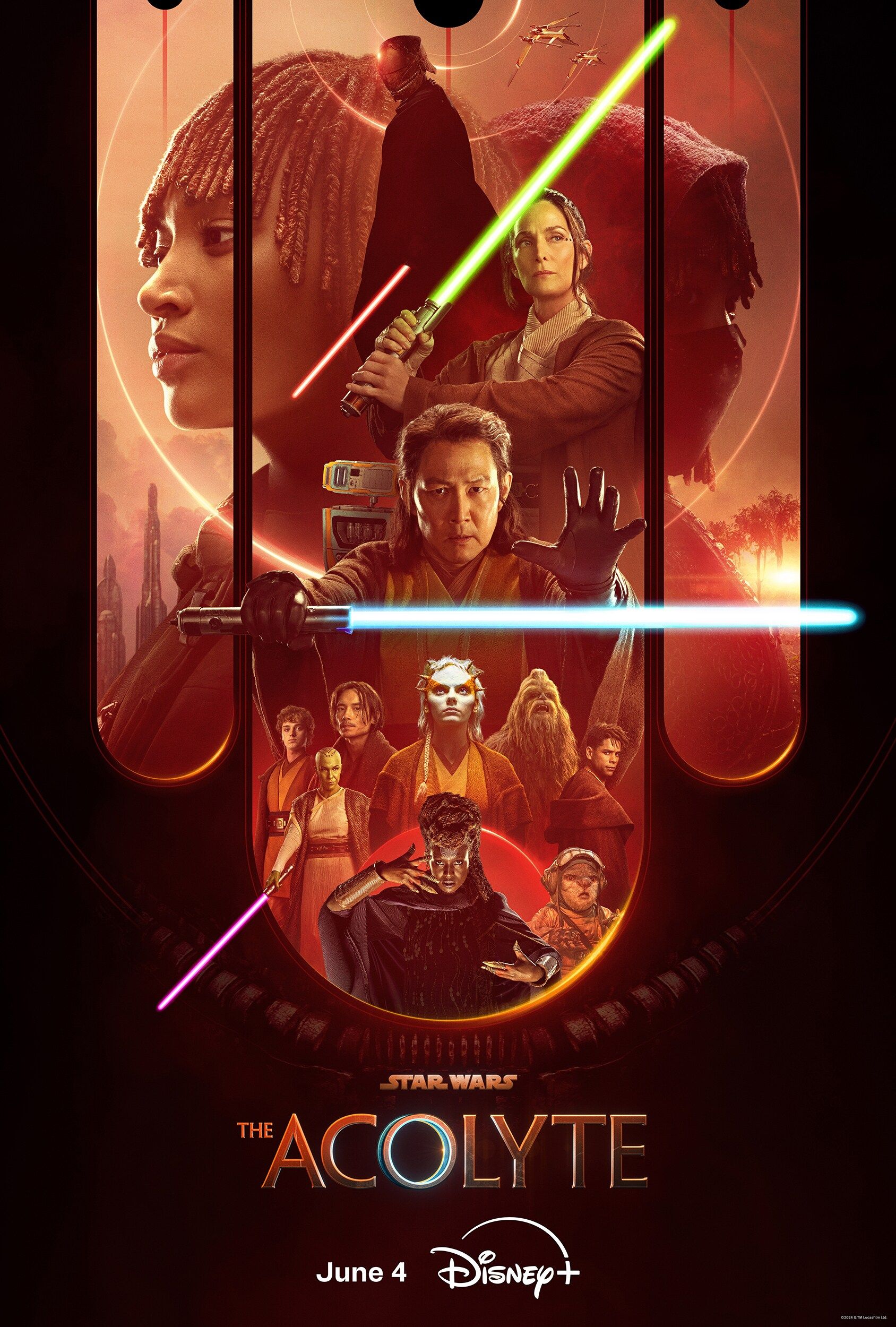
The Acolyte is a television series set in the Star Wars universe at the end of the High Republic Era, where both the Jedi and the Galactic Empire were at the height of their influence. This sci-fi thriller sees a former Padawan reunite with her former Jedi Master as they investigate several crimes - all leading to darkness erupting from beneath the surface and preparing to bring about the end of the High Republic.
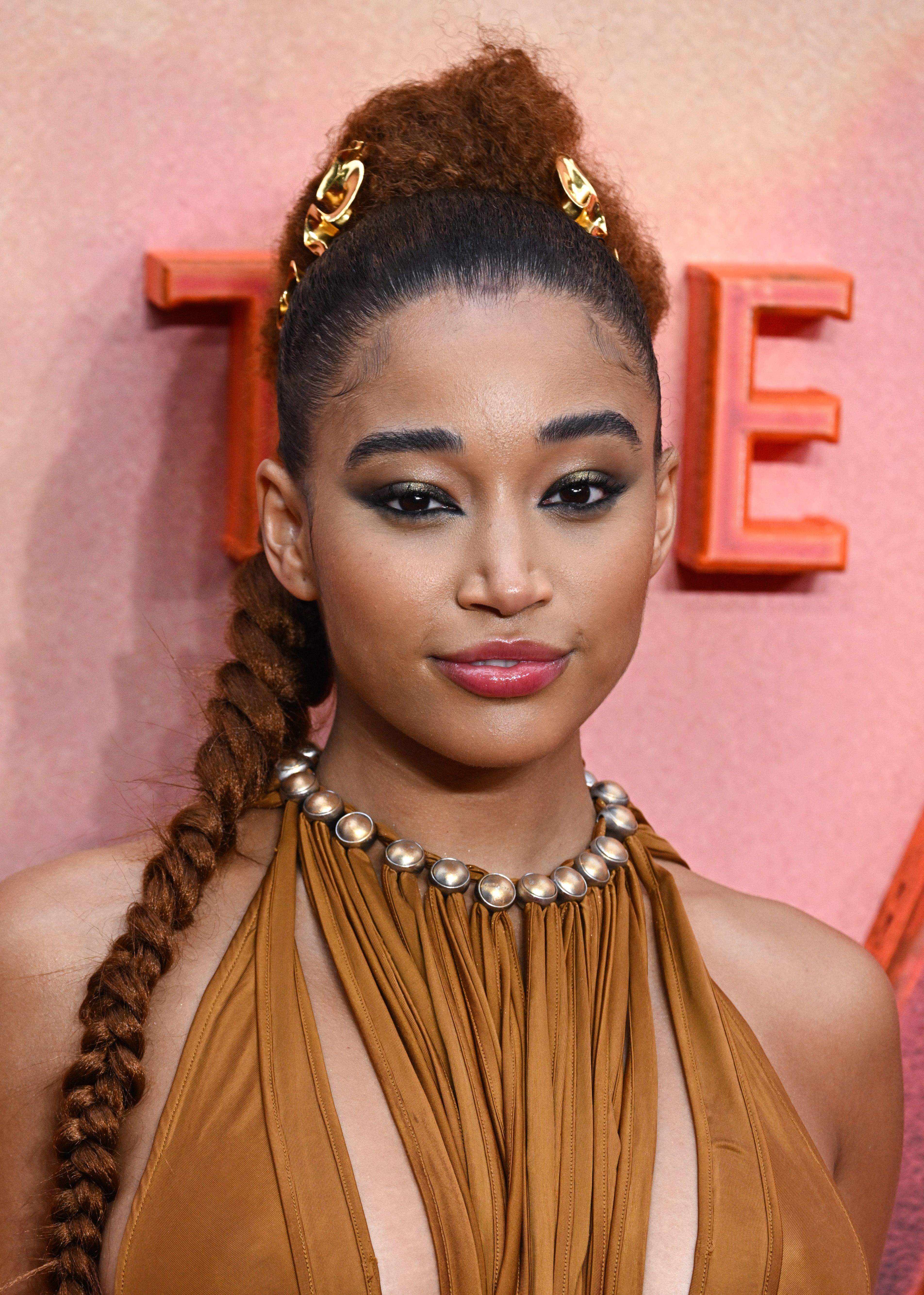
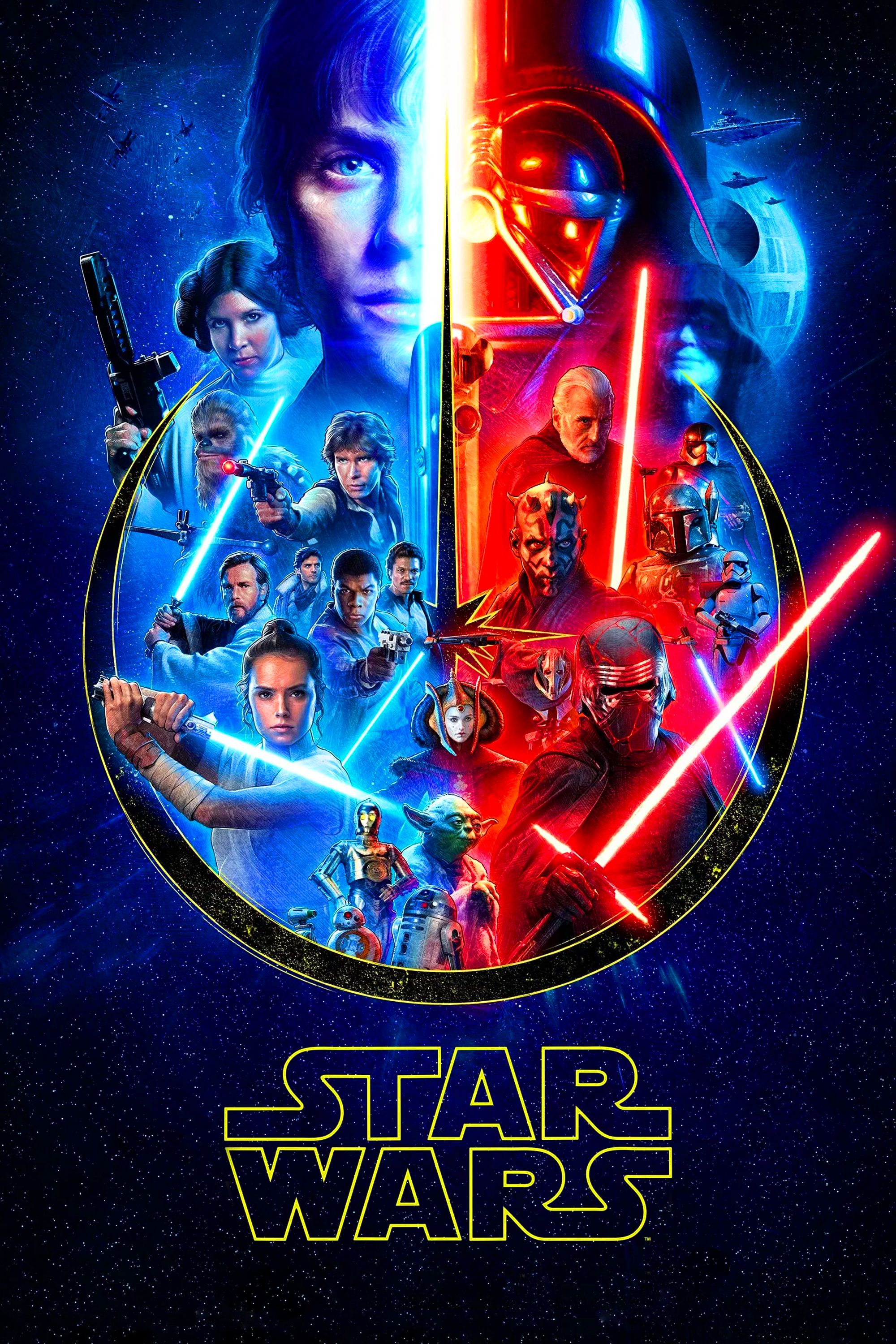
Star Wars is a multimedia franchise that started in 1977 by creator George Lucas. After the release of Star Wars: Episode IV- A New Hope (originally just titled Star Wars), the franchise quickly exploded, spawning multiple sequels, prequels, TV shows, video games, comics, and much more. After Disney acquired the rights to the franchise, they quickly expanded the universe on Disney+, starting with The Mandalorian.

